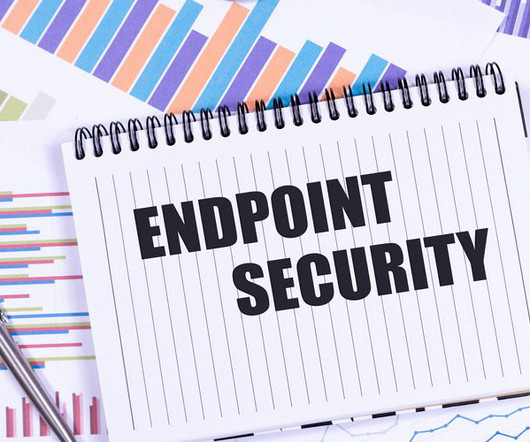Business Impact Analysis: An Integral Part of Business Continuity Planning
Kaseya
JULY 6, 2020
IT teams in most organizations are familiar with disaster recovery and business continuity processes. However, some may not be aware of the importance of conducting a business impact analysis (BIA). A BIA is one of the most important elements of a business continuity plan. Business Impact. Dependencies.















Let's personalize your content